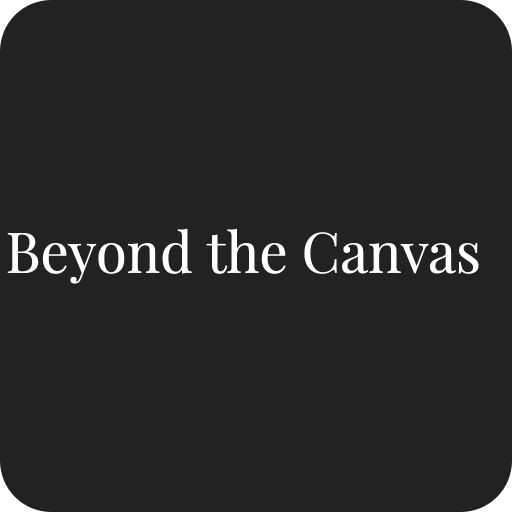- Beyond the Canvas

- Oct 16, 2021
- 2 min read
From the Wunderkammers of Renaissance to this day, the Global West has a museum for everything. From sex to death, from vaginas to phallic specimens, from lawnmowers to chamber pots, there's a museum for it. It's how we showcase, celebrate, preserve, categorise, educate, shape narratives and tell stories.
The Museum of Homelessness is a charity run by people who have themselves been homeless. I believe this may be one of the very rare instances when a community has taken control of its own narrative to tell the stories of the many invisible people we walk past every day (an estimated 200,000 in the UK alone). By collecting and sharing 'the art, history and culture of homelessness and housing inequality' this social justice museum is hoping to drive change.
It takes surprisingly little to become homeless. It could be a break-up, having to escape an abusive relationship, becoming unemployed, struggling with mental health issues. This escalation is sadly exacerbated by the overall lack of affordable housing. During lockdown, the museum set up a task force to deliver care packs and food to the people forced to live in the streets 24/7. Despite what the Govt and the British media would have you believe, the pandemic is not over and the museum's efforts to support the homeless continue (there is a link on their website if you wanted to make a donation).
I have chosen this painting by British artist James Earley because it poignantly conveys the isolation and vulnerability experienced by rough sleepers, whose life expectancy is 45 for men and 43 for women. This is Amy, guarded by her dog as she sleeps outside London's National Portrait Gallery.
#homelessness #homelessnessmuseum #museum #london #painting #figurativepainting #hyperrealism #blog #artblog #beyondthecanvasblog

James Earley
Mother, 2019



